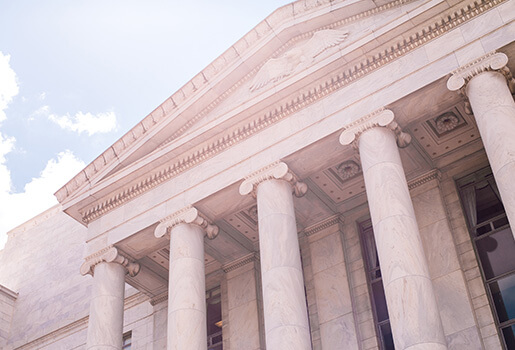Your project may be more successful if you have partners. Partnering with other organizations, businesses, or government agencies may help you obtain funding, share expertise, create a better project plan, spread the workload, and ultimately have a more successful project.
Partners with experience may be able to advise you on which regional action plans you should be considering aligning your project with. Often there are management plans that have been developed for an area, and projects are expected to align with those plans to be considered to be fundable. These plans may be local, regional, state, or interstate.

These may be sponsored by your drainage or stormwater utility, public works department, natural resource agency, mayor’s office, or another local agency. Federal agencies typically only have the resources to assist in large projects, but may provide awards to your state or county.
To find your local, state, or tribal governments, type the following into a search engine: your state/county and then the type of agency you are wanting to connect with (e.g., local government, tribal representative, state government). For example, search for “Alabama beach restoration permitting” or “New Jersey environmental protection.” Also try using terms that relate to your concern or solution. For example, “Florida coastal flooding help.” Try different terms, or combinations of terms, such as “grants, restoration, invasive species, marsh, natural resources, volunteers, funding, etc.” It may take a few tries to find the site and information you are looking for.
To find a specific local county office, type the following into a search engine: your local county or city and then the department you are wanting to connect with (e.g., environmental, planning, natural resources). For example, search for “Escambia County coastal management” or “Seattle WA natural resources.”

Are there programs to restore your local estuary or coastline? Are there initiatives to help threatened or endangered fish and wildlife? These programs sometimes have grant dollars.
Many states have the following departments, divisions, or commissions, which you can use as internet search terms:
Many of these organizations are listed as members of the Association of Fish and Wildlife Agencies. Your state’s land-grant university may host a SeaGrant program, or a Cooperative Extension Service related to agriculture, conservation. Extension agents can direct you towards helpful resources for your project type.

Some may focus on local issues. Others may be local chapters of state or national organizations. Always ask if there is anyone else you should be talking to, and who their recommended contact is. Network!
Search for “invasive species councils,” “estuary partnerships,” “national estuary programs,” “coastal invasive plants,” and similar terms to find local or regional groups. Below are some suggestions.
Restore America’s Estuaries is an alliance of 10 community-based conservation organizations focused on coastal habitat restoration.
The Hawaii Fish Habitat Partnership is implementing a statewide aquatic habitat restoration program
Indigenous Aquaculture Collaborative Network is a collaborative network of Pacific-region Sea Grant offices; Northwest Tribes and First Nations, Native Hawaiian and Indigenous communities; and organizations and universities working as a community of practice to advance Indigenous Aquaculture.
Maui Nui Seabird Recovery Project works to increase, improve and preserve suitable nesting habitat for Hawaiian seabirds
Mālama Maunalua is a community-based organization working to restore the health of Maunalua Bay through habitat restoration, science and planning, and education and outreach.
Mālama Pūpūkea-Waimea trains and actively engages community members through a weekly outreach tent, educational programs for youth, biological assessments of the fish and reef, monitoring of human usage, prevention and reporting of illegal activities, coastal restoration, and beach cleanups.
KUA is an innovative, community-based initiative bringing together partners, tools, and professional expertise to communities who request support.
Wikipedia lists environmental and conservation organizations in the United States.
Neighborhood organizations may be a resource for community outreach and volunteers.
Schools may be a source of volunteers.
Look for local businesses and business organizations that may have a stake in a cleaner environment.
We need your help to improve the Toolkit by completing our easy, 3-minute survey. Your insight is valuable to us.